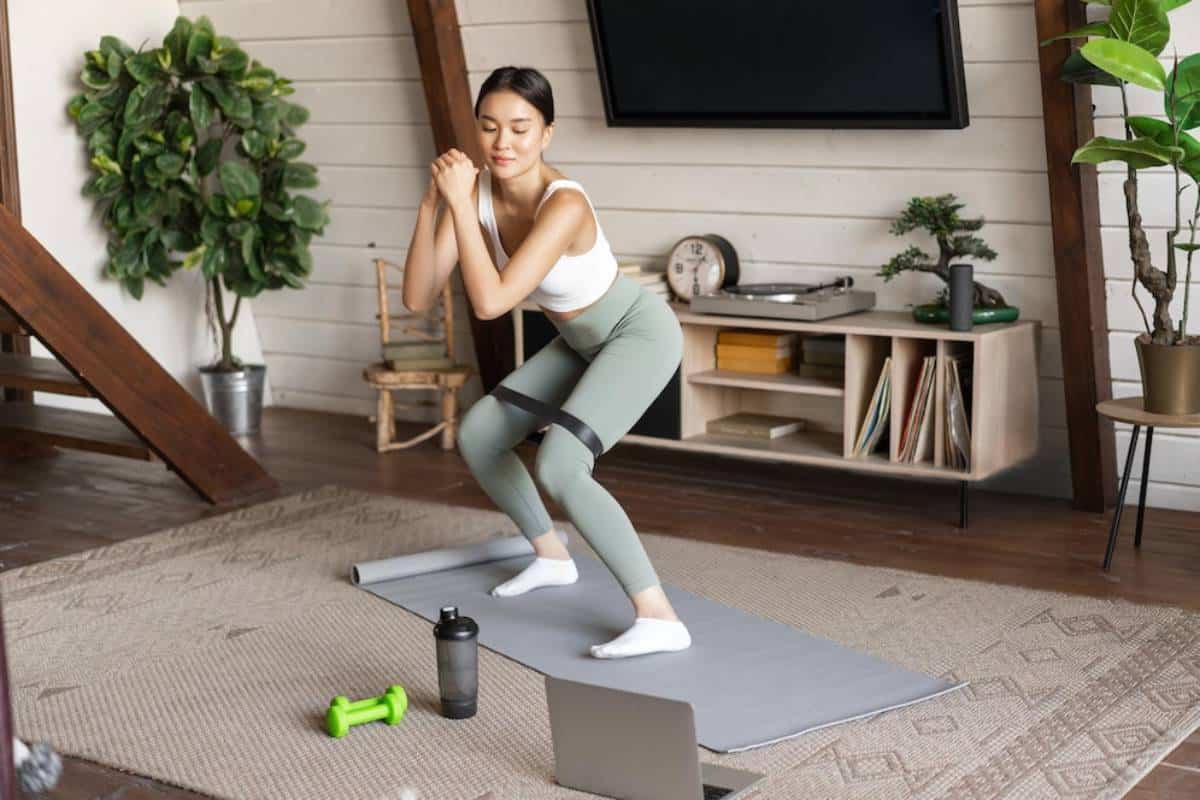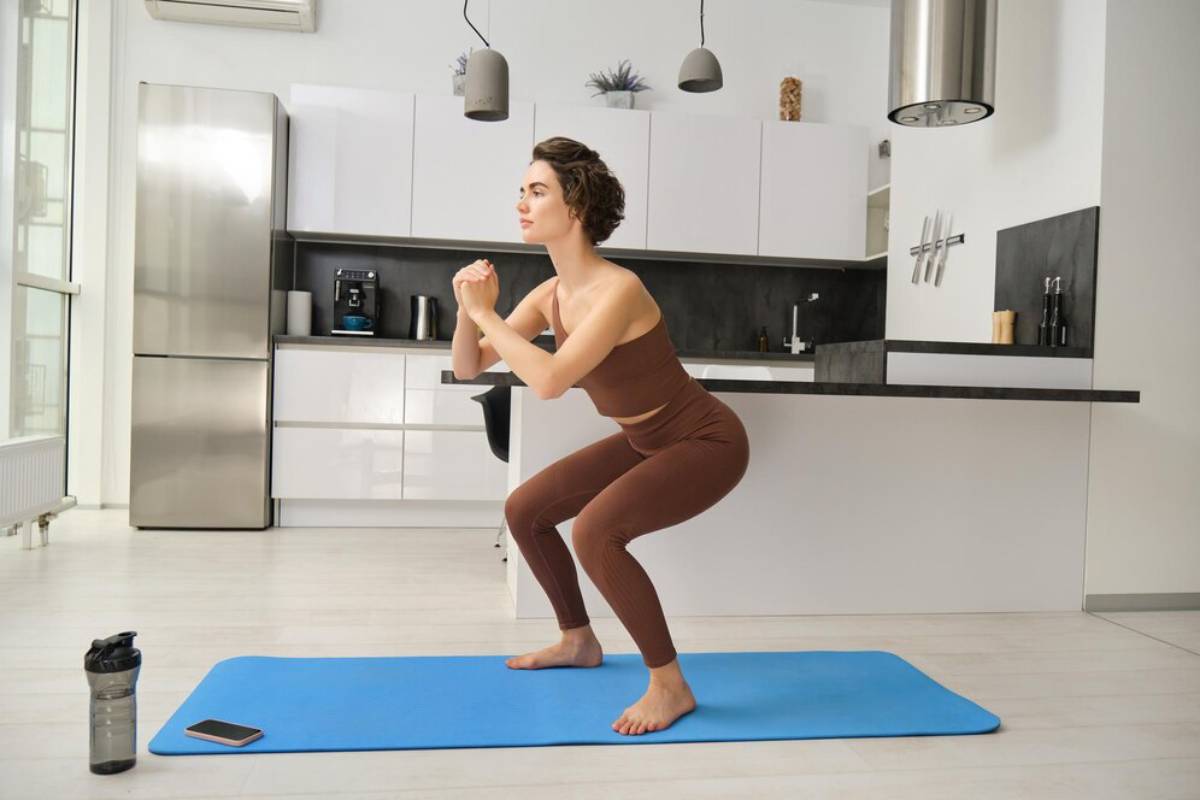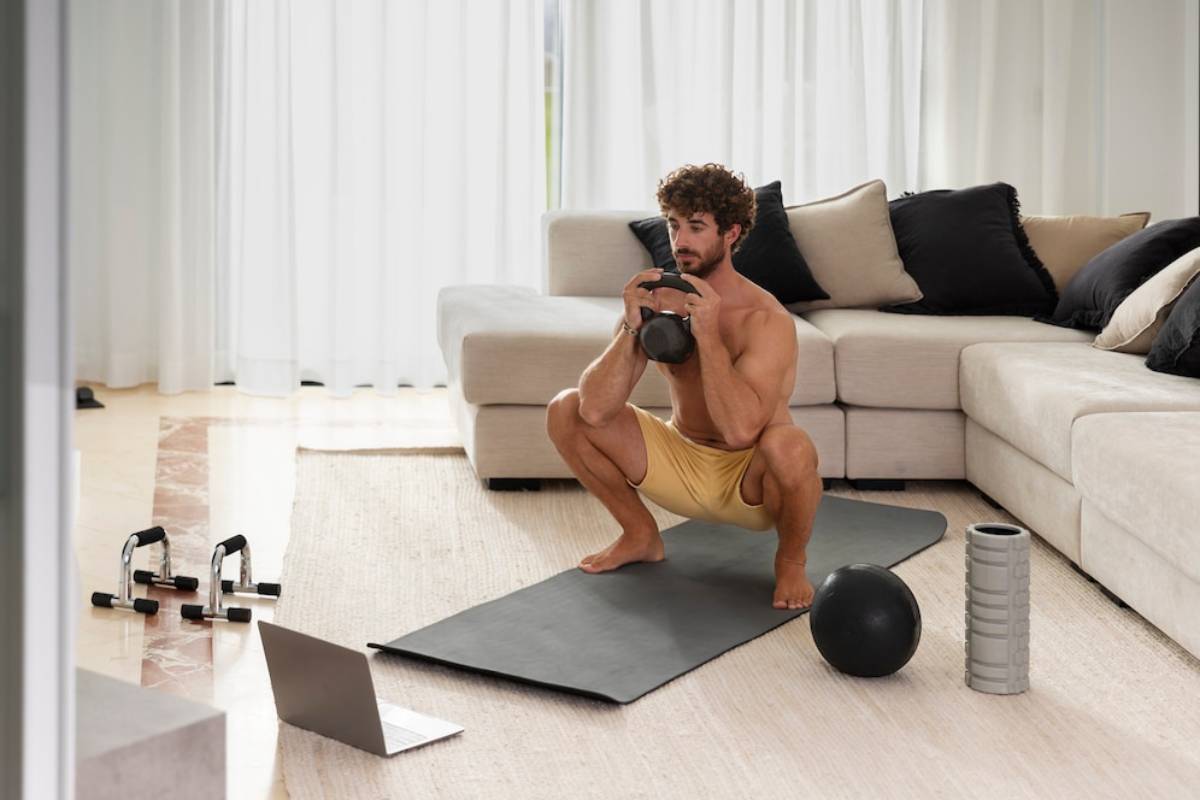
How to Stay Consistent with Your At-Home Fitness Routine
Since October 2023, thousands of people have needed an at-home fitness routine. More people prefer to exercise at home. This is thanks to the rise of home gyms and online workout programs. They appreciate both the convenience and flexibility of working out at home. But it can be hard to stick to a home training regimen. In this guide, we will see why sticking to the workout schedule is important. It will share expert tips for building fitness habits. You’ll also get helpful advice to stay motivated.
Understanding the Core
The foundation of any successful fitness regime is consistency. Without it, we get stuck, our motivation falters, and our goals seem out of reach. Having workouts at home has many advantages. They are easy to use and cost-effective. But they can also be hard. Distractions and a lack of accountability can make it harder to stay on track. Understanding these dynamics is essential for creating a sustainable fitness plan.
The Importance of Consistency

Good consistency in fitness means exercising regularly. It also means maintaining a balanced approach to holistic health. There are a multitude of benefits to regular exercise. It strengthens heart health, enhances mental health, and helps you live longer. If you stay consistent, you’ll find these benefits and reach your goals faster.
The Science Behind Fitness Habits
Repetition and reinforcement are needed to build a habit. Behavioural psychology suggests this takes around 66 days to form a new habit. It is during this time that your brain creates new neural pathways. This makes the behaviour more automatic. This knowledge can help you be patient and persist as fitness becomes a habit in your life.
Quick Guide / Checklist
Here’s a handy checklist to keep you on track with your home fitness routine:
- Set Clear Goals: Define what you want to achieve with your fitness routine.
- Create a Schedule: Plan your workouts at the same time each day to build a routine.
- Prepare Your Space: Designate a specific area in your home for exercise.
- Start Small: Begin with manageable workouts and gradually increase intensity.
- Track Progress: Use a journal or app to monitor your achievements.
- Stay Flexible: Be open to adjusting your routine as needed.
- Seek Support: Engage with online communities or workout buddies for motivation.
- elebrate Successes: Reward yourself for reaching milestones.
Note: Focus on your progress rather than comparing yourself to others.
Step-by-Step Guide (How to Practise)
1. Set Clear and Achievable Goals
Start by defining your fitness objectives. Having a clear goal helps you lose weight, build muscle, or improve endurance. It guides your efforts and keeps you motivated. Ensure your goals are Specific, Measurable, Achievable, Relevant, and Time-bound (SMART).
2. Design a Realistic Schedule
Consistency thrives on routine. Choose a time of day that works best for you and stick to it. Morning workouts can jumpstart your day, while evening sessions can help unwind. Consistency in timing helps reinforce the habit.
3. Create a Dedicated Workout Space
Having a designated area for exercise can mentally prepare you for workouts. Ensure your space is free from distractions and equipped with the necessary gear. This could be a corner of your living room or a dedicated home gym.
4. Start with Short, Manageable Sessions
If you’re new to fitness or coming back after a break, begin with short sessions of 15 to 20 minutes. Then, you can slowly increase the time as you get fitter. This approach prevents burnout and reduces the risk of injury.
5. Incorporate Variety
To prevent monotony, mix different types of exercises into your routine. Include a combination of cardio, strength training, and flexibility exercises. This not only keeps things interesting but also ensures a balanced workout.
6. Monitor Your Progress
Track your workouts and progress using a fitness journal or app. Keeping track of your achievements can help motivate you. It also shows how you’ve improved over time.
7. Stay Accountable
Share your fitness journey with friends or join online communities. A support system gives you encouragement and accountability. This makes it easier to stick to your routine.
8. Adjust as Necessary
Life can be unpredictable, and sometimes your schedule may need to change. Be flexible and willing to adjust your routine as needed, without guilt.
Pro Tip: Rest when needed to prevent overtraining and injuries.
Best Practices & Additional Insights
- Set Micro-Goals: Break larger goals into smaller, more manageable tasks to maintain motivation.
- Use Technology: Fitness apps and wearables can provide structure and track progress.
- Mindfulness and Meditation: Incorporate mindfulness techniques to enhance focus and reduce stress.
- Invest in Good Gear: The right equipment can boost your workout and help avoid injuries.
Important: Proper hydration is crucial for optimal performance and recovery.
FAQs
How often should I work out at home?
Get at least 150 minutes of moderate aerobic activity or 75 minutes of vigorous activity each week. Also, do muscle-strengthening exercises on two or more days.
What if I don’t have any equipment?
Bodyweight exercises like push-ups, squats, and planks are effective and require no equipment. You can also use household items like water bottles as weights.
How can I stay motivated?
Set realistic goals, track your progress, and reward yourself for achievements. Engaging with fitness communities can also provide motivation.
What if I miss a workout? Have I ruined my progress?
Missing a workout occasionally won’t derail your progress. Get back on track with your next session. Focus on long-term consistency, not perfection.
How can I make my home workouts more challenging over time?
Slowly boost the intensity. You can do this by:
- Adding more reps
- Increasing sets
- Using heavier resistance, like dumbbells or bands
- Reducing rest time between exercises
What’s the best time of day to work out at home?
The best time is when you can consistently commit. Morning, afternoon, or evening—choose what suits your schedule and energy levels best.
How do I avoid distractions while working out at home?
Set boundaries by:
- Turning off notifications.
- Informing your housemates or family.
- Sticking to a specific workout space and time.
Can I get fit with only home workouts?
Yes, a good plan and consistency can make home workouts just as effective as gym routines. They can boost strength, endurance, flexibility, and overall fitness.
How do I stay consistent when motivation fades?
Focus on discipline over motivation. Create a routine, monitor your progress, check your goals, and remember your why.
Secret Tip: A balanced diet supports your fitness goals and overall health.
Conclusion: Your Path to Consistent Fitness Starts Now

Consistency in your at-home fitness plan is all about commitment, preparation, and adaptability. Establish specific objectives, create a routine, and incorporate diversity. This is how you establish a workout habit that will stick. Just remember to appreciate your progress and make adjustments. So why wait? Do it now, set your first target, and take the first step towards leading a healthy and active life. Fitness is about living a healthy lifestyle. It includes exercise, good food choices, and working out. Plus-size individuals can also lead fit lives. A good trainer can help you stay on track with your diet and workouts.
Follow these guidelines to create a steady and effective home fitness routine. This will help you reach your health and wellness goals.
